Nestled on the coast of Essex, St Peter-On-The-Wall stands as a testament to centuries of history and spiritual significance. Built in 654 AD by St. Cedd, this ancient church holds a unique place in England’s religious landscape, attracting visitors seeking solace and connection with the past.
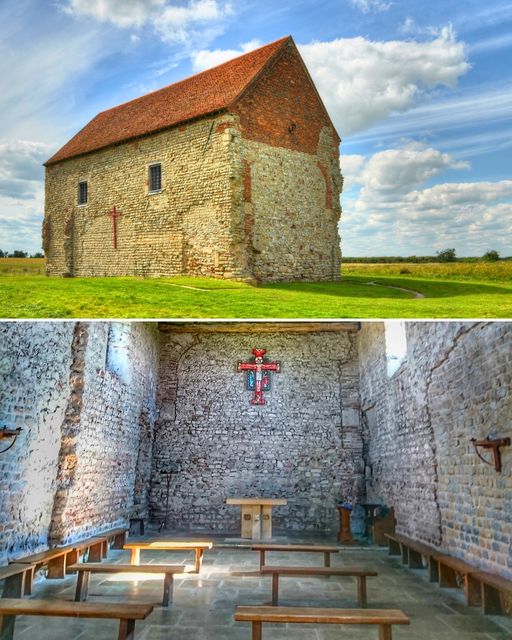
Why Visit St Peter-On-The-Wall
Embark on a journey of discovery as you explore St Peter-On-The-Wall, an iconic symbol of England’s early Christian heritage. Here are five reasons why this historic site should not be missed:
- Ancient Origins: Experience the awe-inspiring presence of one of England’s oldest churches, dating back to the 7th century and built on the site of a Roman fort gateway, using its original stone.
- Spiritual Heritage: Delve into the rich history of St. Cedd, the revered missionary who founded the chapel and played a pivotal role in spreading Christianity throughout Essex.
- Architectural Marvel: Marvel at the simple yet elegant design of the chapel, with its original nave and remnants of the eastern apse and porticus, offering a glimpse into medieval ecclesiastical architecture.
- Tranquil Setting: Bask in the peaceful ambiance of St Peter-On-The-Wall, set against the backdrop of the Essex coastline, providing a serene retreat for reflection and contemplation.
- Cultural Significance: Immerse yourself in the annual pilgrimage to the chapel and discover the enduring cultural and spiritual legacy of this sacred site, cherished by pilgrims and visitors alike.
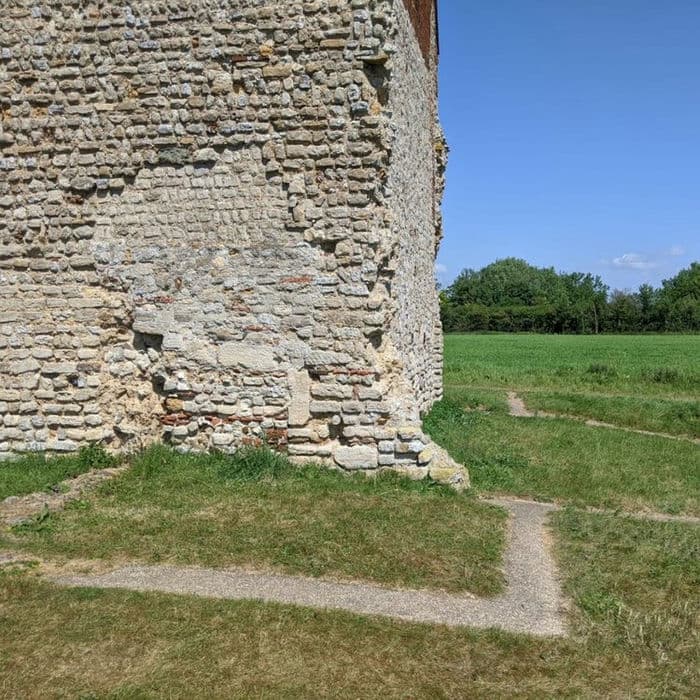
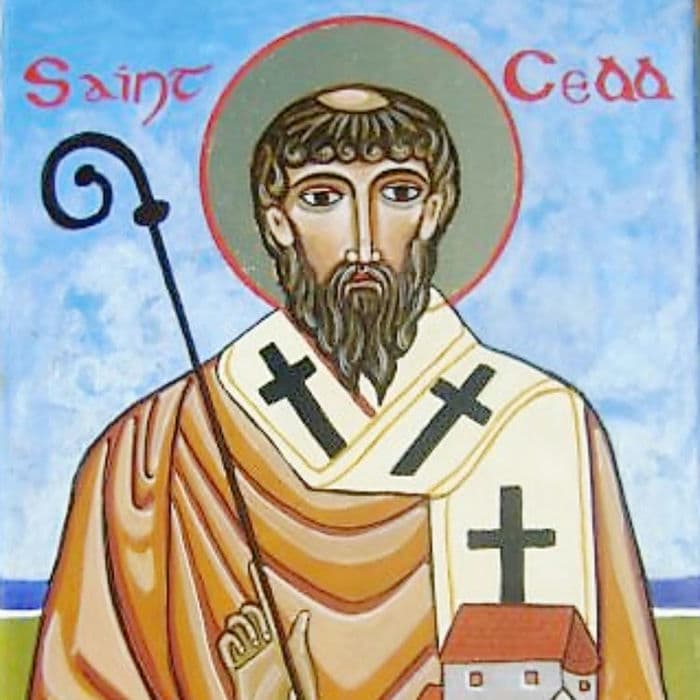

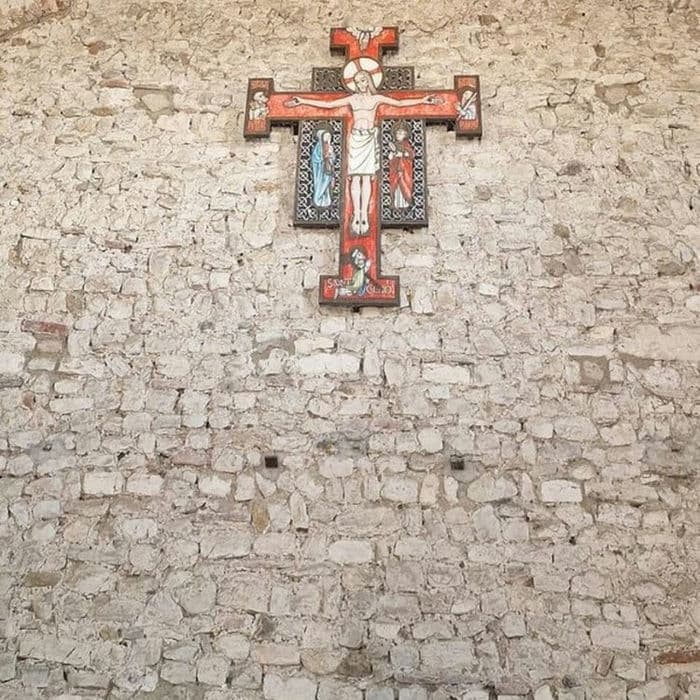
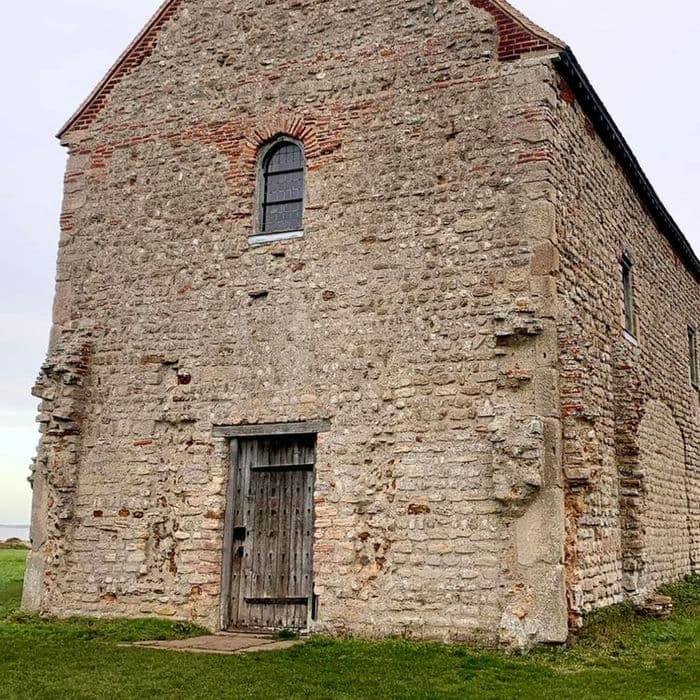
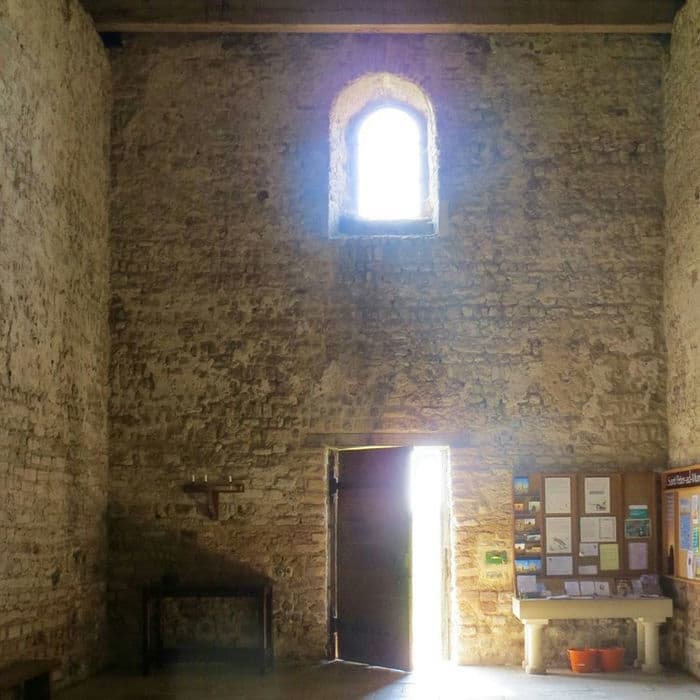
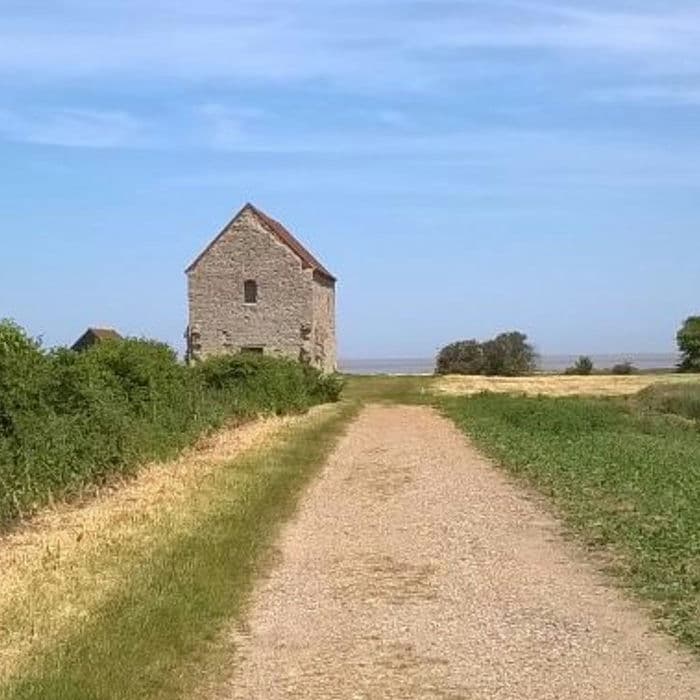
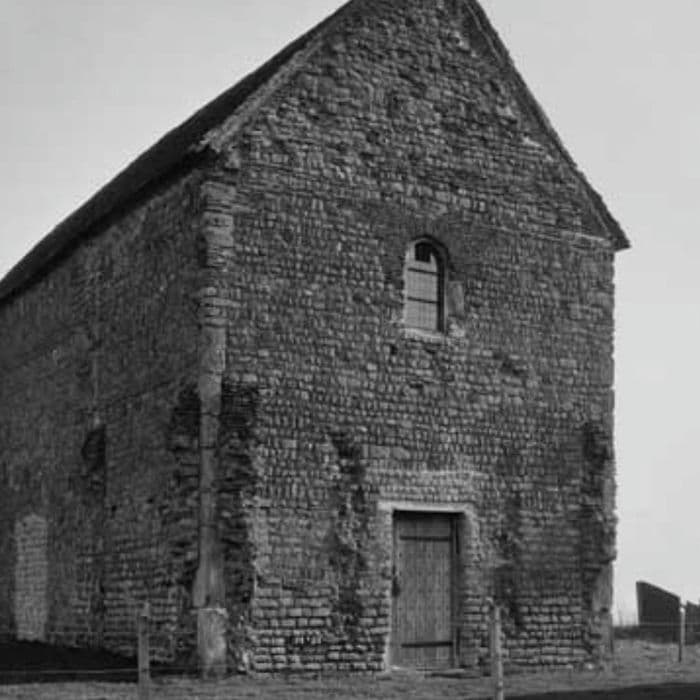

FAQs about St Peter-On-The-Wall:
- Who built St Peter-On-The-Wall and when was it constructed?
St Peter-On-The-Wall was built in 654 AD by St. Cedd, an Anglo-Saxon monk and missionary, on the site of a Roman fort gateway. - What is the significance of St. Cedd in the history of the chapel?
St. Cedd played a crucial role in spreading Christianity in Essex and founded the chapel as part of his missionary efforts in the region. - What remains of the original structure of the chapel?
The nave of the chapel remains intact, along with traces of the eastern apse and porticus, providing valuable insights into its early architectural design. - Is St Peter-On-The-Wall open to visitors?
Yes, St Peter-On-The-Wall welcomes visitors throughout the year, offering a place of tranquility and spiritual reflection for all who visit. - What services and events are held at the chapel?
Regular public services, including communion services and special events for Christmas and Easter, are held at the chapel, along with the annual Bradwell Pilgrimage in July.
St Peter-On-The-Wall in Essex stands as a beacon of faith and history, inviting visitors to embark on a journey of exploration and contemplation. Whether you seek solace in its ancient walls or marvel at its architectural marvels, this historic chapel offers a unique glimpse into England’s rich cultural heritage. Plan your visit today and experience the timeless beauty of St Peter-On-The-Wall.
